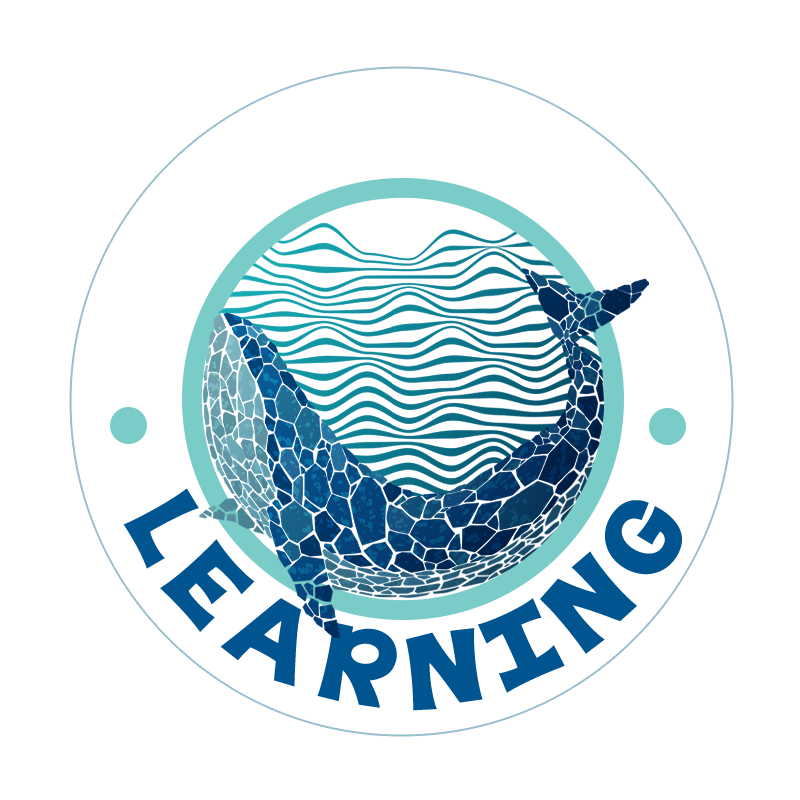
Ireland’s New Canyon
A University College Cork led international team of scientists are researching a submarine canyon 320km west of Dingle that is approximately 3,000 metres deep and roughly twice the size of Malta. The team, led by Dr. Aaron Lim of UCC’s School of Biological, Earth and Environmental Sciences (BEES), is using the Marine Institute’s Holland 1 Remotely Operated Vehicle to explore this newly discovered feature.
The mission focuses in part on how undersea canyons help transport carbon from the atmosphere into the deep ocean. CO2 is absorbed by the surface of the ocean, which is then  pulled down by currents caused by the deep canyons, where it cannot return to the surface.
pulled down by currents caused by the deep canyons, where it cannot return to the surface.
Called the Porcupine Bank Canyon, it is full of cold-water corals that form reefs along the canyon wall that will eventually break off and slide to the bottom where they accumulate deep in the canyon.
“This is all about transporting carbon stored cold water corals into the deep. The corals get their carbon from dead plankton raining down from the ocean surface so ultimately from our atmosphere,” said Professor Andy Wheeler, School of BEES, UCC, and the Irish Centre for Research in Applied Geosciences (iCRAG).
“Increasing CO2 concentrations in our atmosphere are causing our extreme weather; oceans absorb this CO2 and canyons are a rapid route for pumping it into the deep ocean where it is safely stored away.”
Answers to questions about fighting climate change may lie in the most surprising places – even at the bottom of the sea!
Curriculum Reference Links
- Nature of Science / Understanding About Science / 1: Students should be able to appreciate how scientists work and how scientific ideas are modified over time
- Biological World / Sustainability / 1: Students should be able to investigate the structures of animal and plant cells and relate them to their functions
[wpc_button]
